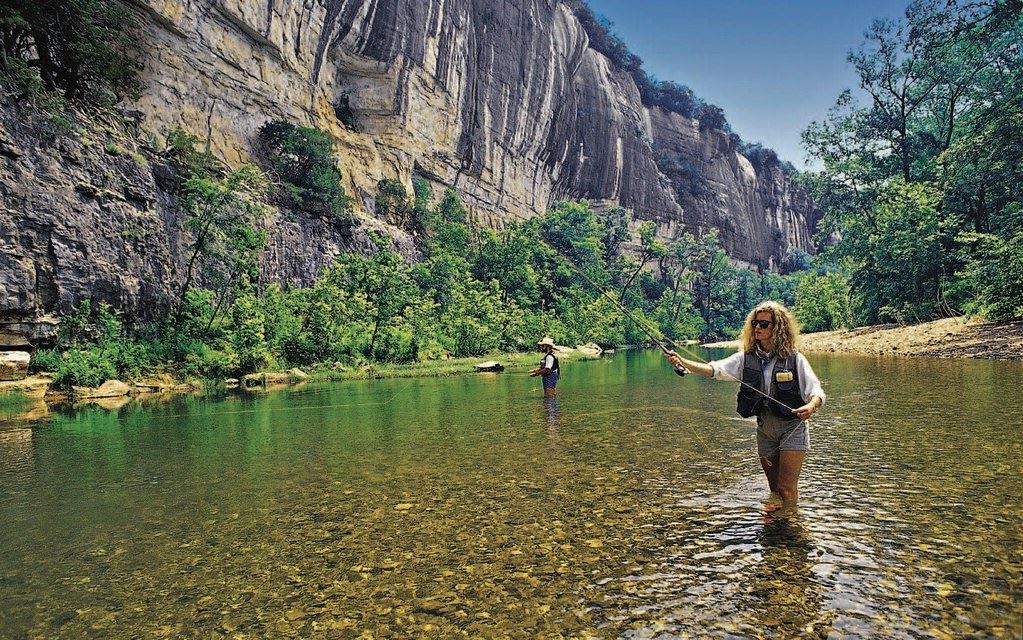Working to protect and preserve the pristine qualities of our first national river.
 The Buffalo River Watershed Alliance is a non-profit, 501(c)(3) organization which was created in
The Buffalo River Watershed Alliance is a non-profit, 501(c)(3) organization which was created in
early 2013 in direct response to the discovery that C & H Hog Farm, the first and largest hog CAFO of its kind in Arkansas, had been approved and was near completion at its location on Big Creek, a major Buffalo National River tributary.
The Alliance was organized by stakeholders living in the Buffalo River watershed but its supporters span the state and region. The Buffalo River Watershed Alliance was created to help preserve and protect the scenic beauty and pristine water quality of the Buffalo National River by opposing and preventing the construction and operation of industrial confined animal feeding operations (CAFOs) within the Buffalo River watershed.
Its goals are to educate and advocate for protection of the Buffalo River by
- monitoring and addressing adverse environmental impacts to the Buffalo River and its watershed
- supporting a moratorium on any future hog CAFOs within the Buffalo River watershed.
With the hog CAFO finally closed, BRWA is focusing its attention on other threats to the Buffalo. One of the most concerning is a wide ranging plan by the US Forest Service for a 40,000 acre tract in the headwaters .On February 21, 2023, Earthrise Law Center, and Carney, Bates and Pulliam Law Firm, on behalf of the Buffalo River Watershed Alliance, filed a Complaint for Vacatur of Illegal Agency Decision, Declaratory and Injunctive Relief challenging the U. S. Forest Service’s October 27, 2021, Decision Notice and Finding of No Significant Impact resulting in approval of the 40,000 acre Robert’s Gap Project.
“The challenged decision approves the prescribed burning, logging, and woodland herbicide treatment of approximately 40,000 acres of forest within the Headwaters Buffalo River watershed, including the known habitat of the Indiana bat, an Endangered species. Implementation of the Project will result in the loss of Cedar, Oak, and Pine trees, destruction of old growth forest as eighty six percent of the Project contains forest stands 70 years old or more, wildlife habitat, and potential degradation of water quality. The terrestrial features of the area, including the steep slopes with erodible soils atop the highly permeable ground karst structure makes both surface and groundwater susceptible to contamination. Furthermore, Project implementation would cause significant impairment of outdoor recreation activities in the Project including hiking, kayaking, and photography, and negatively impact the aesthetic and social aspects of the Buffalo River watershed’s current and beloved sense of place and natural beauty.”
For more information please contact buffalowatershed@gmail.com
Internet address:
buffaloriveralliance.org